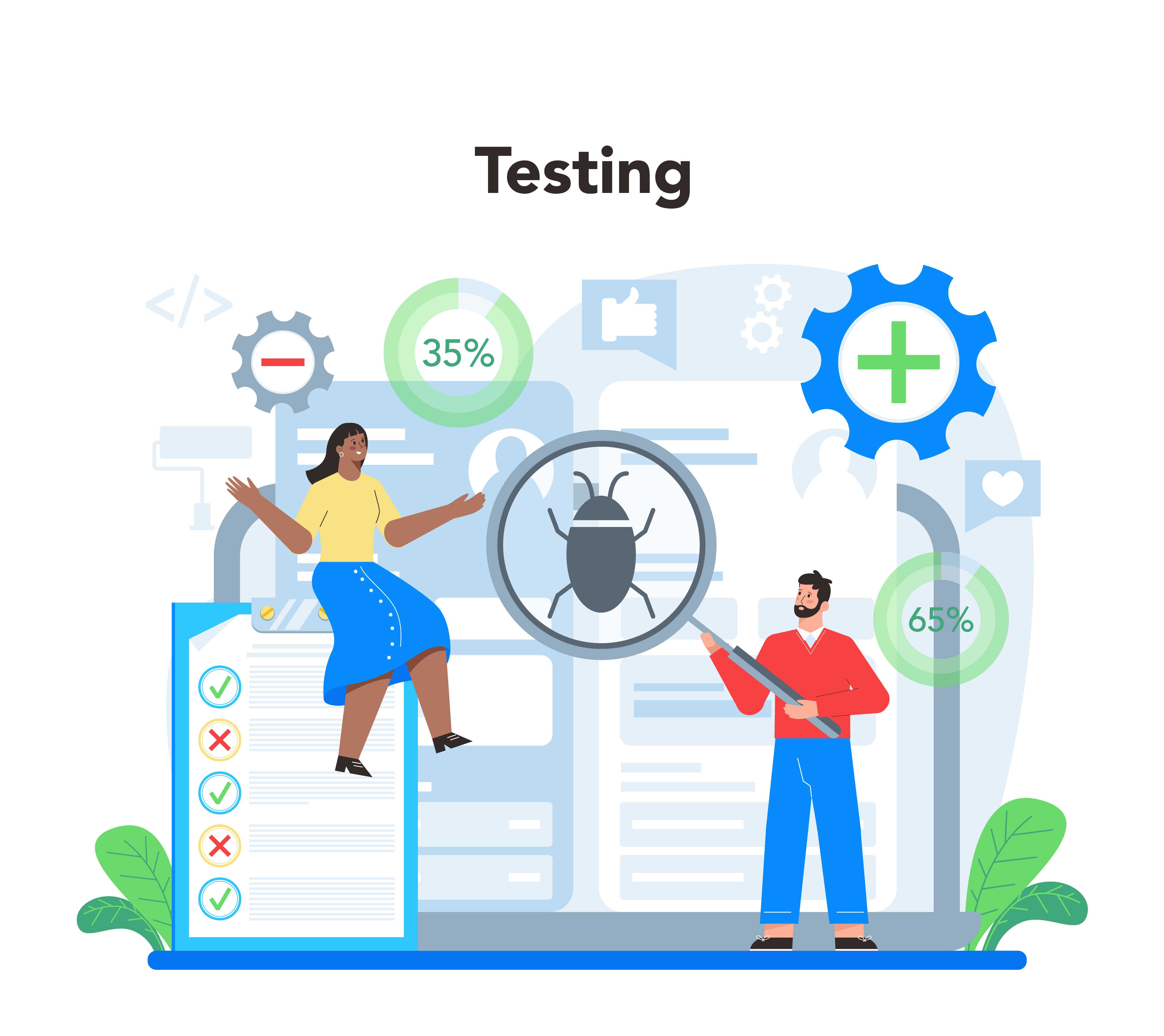
The Important of Software Testing
Philip Oyelegbin
Software testing is a critical phase in the software development process, playing a pivotal role in ensuring that a software application meets its requirements and functions as expected. This article explores the significance of software testing, its categories, and early testing approaches, shedding light on their advantages and limitations.
The Two Faces of Software Testing
Software testing can be broadly categorized into two main types: static testing and dynamic testing.
1. Static Testing: This type of testing involves the examination of software without its execution. It encompasses activities such as analyzing source code for potential errors, checking for coding style violations, and identifying security vulnerabilities. Static testing can be performed at any stage of development, offering a chance to catch errors even before code compilation.
2. Dynamic Testing: In contrast, dynamic testing involves running the software and observing its behavior in a real-world environment. This method provides insights into the software's performance and responsiveness to various inputs. Dynamic testing is typically conducted after code compilation and is crucial for validating the software's real-world functionality.
Dynamic Testing Unveiled
Dynamic testing can be further divided into two types: white box testing and black box testing.
- White Box Testing: Examples of white box testing include unit testing and integration testing. These techniques delve into the internal workings of the software, examining code paths and data flows.
- Black Box Testing: Black box testing, on the other hand, focuses on assessing the software's functionality from an external perspective. It is further divided into system testing and user acceptance testing, with examples including alpha and beta testing. These tests evaluate the software without knowledge of its internal code.
The Significance of Early Testing
Early testing is a crucial practice that offers several advantages:
- Building User Trust: Early testing instills confidence in users, assuring them of the software's reliability.
- Defect Discovery: It allows for the detection of defects at the initial stages of development, reducing the cost of fixing issues later.
- Early Validation: Early testing ensures that the software aligns with user expectations and requirements.
Early Testing Approaches
Two primary early testing approaches are Behavior-Driven Development (BDD) and Test-Driven Development (TDD).
- Behavior-Driven Development (BDD): BDD emphasizes writing tests that describe the software's expected behavior from a user's perspective. It promotes collaboration between developers, testers, and business stakeholders and leads to better-quality software.
- Test-Driven Development (TDD): TDD is an iterative practice where unit tests are written before the actual code. It follows a cycle of writing a test, implementing the code to pass the test, and refactoring for optimization and readability.
Advantages and Limitations
Advantages of BDD:
- Shared understanding of requirements.
- User-centric testing.
- Improved collaboration.
- Early error detection.
Limitations of BDD:
- Coverage challenges for complex systems.
- Maintenance overhead.
- Time-consuming test creation.
- Requires discipline and collaboration.
Advantages of TDD:
- Enhanced application and code quality.
- Higher test coverage.
- Increased developer productivity.
- Better understanding of code.
Limitations of TDD:
- Adoption challenges.
- Maintenance complexity.
- Potential confusion among developers.
Testing Tools
Two notable testing tools are Mocha and Jest.
- Mocha: Mocha is a minimalistic framework designed for test execution and result reporting. It is flexible and straightforward but lacks built-in assertions and mocks. It is often paired with Chai, a library providing various assertion methods, to enhance testing expressiveness and readability.
- Jest: Jest is a feature-rich framework that includes built-in assertions, mocks, and other testing utilities. It offers a user-friendly interface for viewing test results, making it a comprehensive choice for developers.
In conclusion, software testing is indispensable in software development, ensuring that software meets requirements and functions correctly. Understanding the various testing types, early testing approaches, and testing tools can empower developers to build reliable and high-quality software products.
